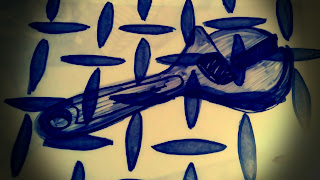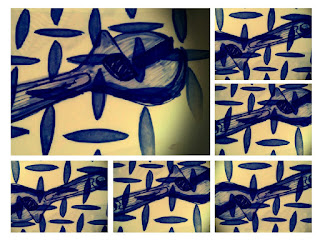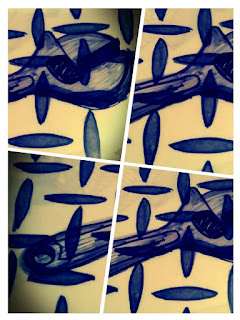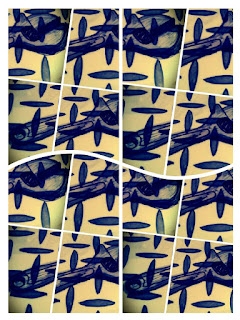I recently tried a repeat pattern design with a spanner on coloured backgrounds. I quite enjoy pattern design, so I wondered how else I could come up with another design.
I started with an a4 piece of acetate and cut it into 3 sections. On the first piece, I used a grey sharpie pen to draw a spanner. On the second sheet, I lay it on top of the drawing I just done, then drew the shading to add a more 3 dimensional look. After removing that second sheet I placed my 3rd sheet on top of the first drawing, then added the detail with a black sharpie. I placed the images in order on top of one another to see if I was able to achieve an interesting result. The idea was good but there was no depth to the image. I then took a separate piece of paper and drew a pattern which I saw on some packaging in a hardware store. After placing my 3 collected drawings on top of this, i hoped that it would add to a 3dimentional look. Unfortunately, due to the lightness of the pen, the background was visible through to the surface.
I felt that there must be something else I could do to achieve a better result, so after taking photographs on my phone, I edited them with a filter. This effect worked to a point but I still felt there was more I could do. I started experimenting with the collage option on my phone which created some interesting results, I then took the collages I made then repeated the process again, and again. I feel that I have achieved an effective repeat pattern design digitally. My next step would be to print of a few of the pattern designs and repeat them side by side. This could potentially be used to design a wallpaper, clothing or a soft furnishing such as cushion covers or curtains. I am very pleased with the outcome of this experiment.











































